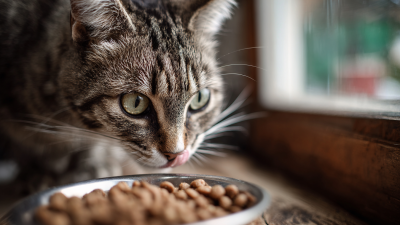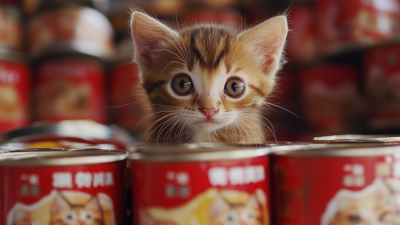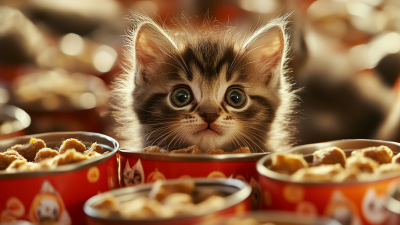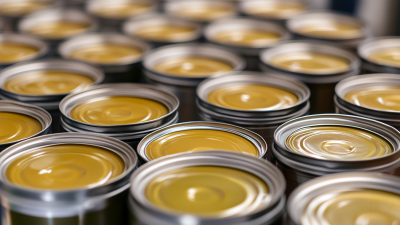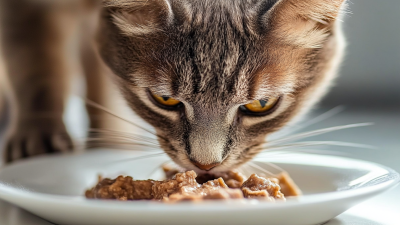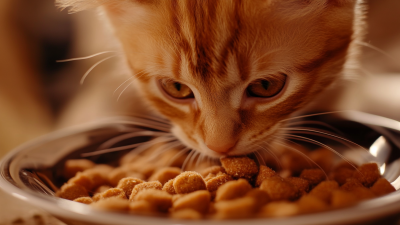Choosing the right wet cat food is a critical decision for any cat owner, as it directly impacts the health and well-being of your feline companion. According to a recent Pet Food Manufacturers Association report, nearly 60% of cat owners believe that wet cat food provides a more satisfying meal, contributing to higher moisture content and better hydration for our pets. Wet cat food often contains more protein and fewer carbohydrates than dry options, aligning more closely with a cat's natural dietary habits, as indicated by research from the American Animal Hospital Association. Moreover, a study published in the Journal of Feline Medicine and Surgery highlights that feeding cats wet food can aid in weight management and promote urinary tract health. With diverse options available in the market, this ultimate guide aims to simplify the selection process for cat owners, ensuring they make informed choices that cater to their pets' specific needs.
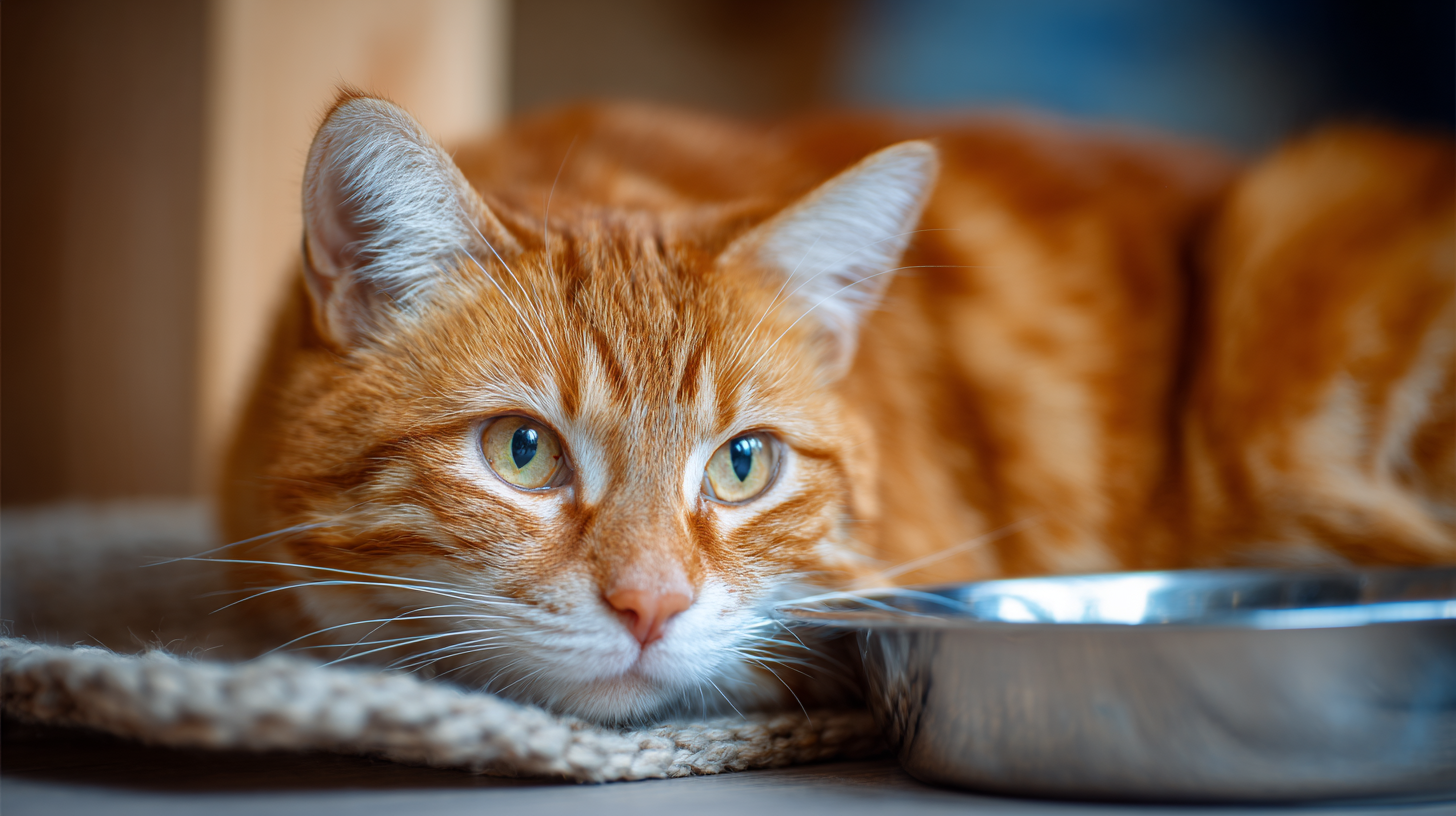
Choosing the right wet cat food is crucial to meeting your feline friend’s nutritional needs, contributing significantly to their overall health and well-being. Cats are obligate carnivores, meaning their diet must be primarily protein-based. According to the American Association of Feed Control Officials (AAFCO), a well-balanced diet for an adult cat should contain at least 26% protein, which is essential for maintaining muscle mass and supporting energy levels. Moreover, wet cat food often contains higher moisture content, promoting hydration and benefiting urinary tract health—a critical concern for many cats.
In addition to protein, cats require specific essential nutrients, including taurine, arachidonic acid, and certain vitamins. The National Research Council (NRC) emphasizes that taurine is vital for eye health and heart function, with deficiencies potentially leading to severe health issues. Furthermore, incorporating wet food can help manage feline obesity, as studies indicate that high-moisture diets can lead to better satiety compared to dry kibble. When selecting wet cat food, ensure it meets these nutritional benchmarks to promote optimal health for your furry companions.
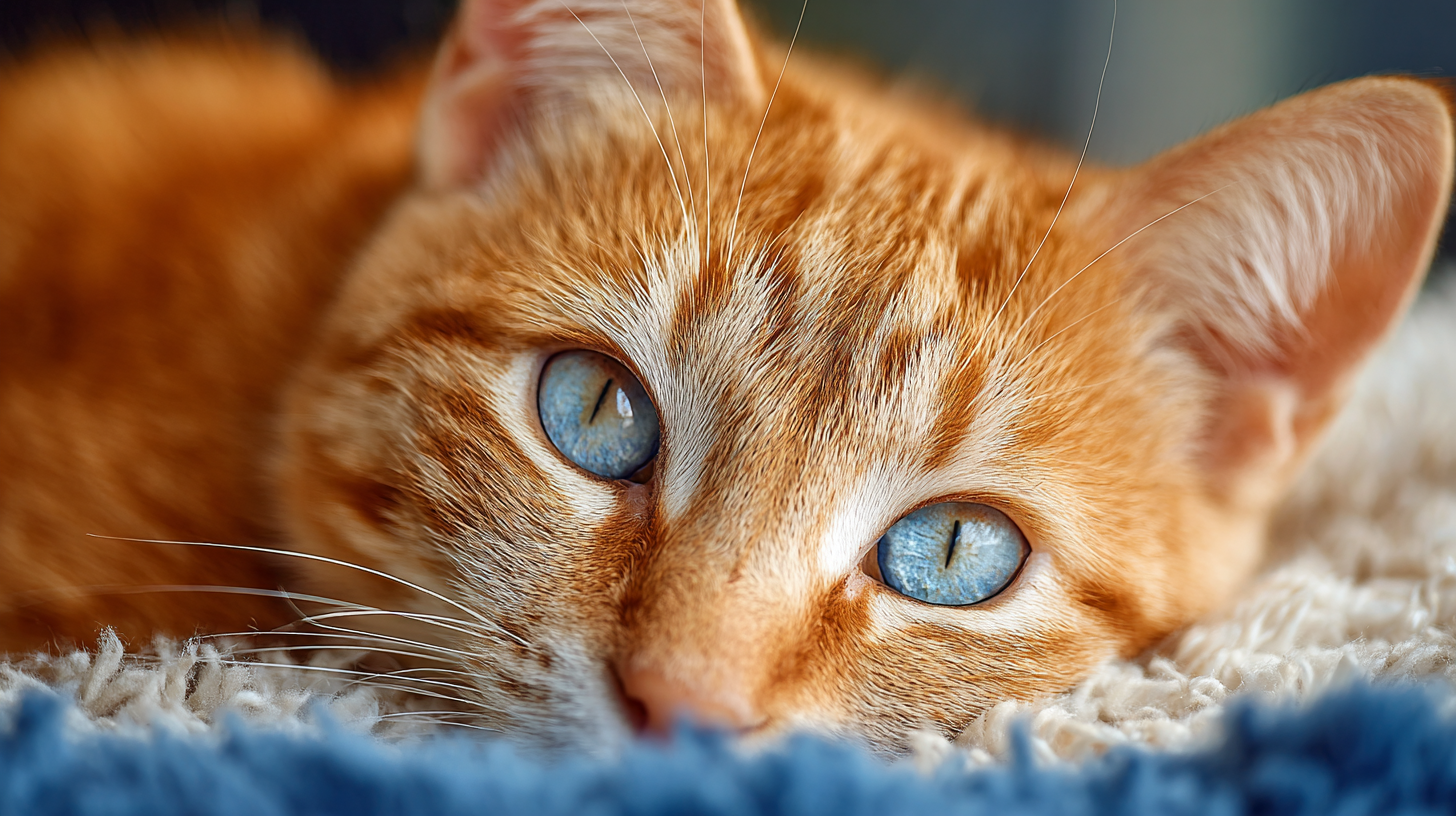
When choosing the best wet cat food, it’s essential to understand the key ingredients that contribute to a high-quality diet for your feline friends. According to a report by the Association of American Feed Control Officials (AAFCO), a good wet cat food should primarily contain high-quality animal proteins such as chicken, turkey, or fish. These protein sources not only provide the necessary amino acids but also promote muscle health and overall growth. The AAFCO specifies that cats require a minimum of 26% protein in their diets to maintain optimal health.
Additionally, the presence of healthy fats is crucial. Ingredients like chicken fat or fish oil can enhance the palatability of the food while providing essential fatty acids like Omega-3 and Omega-6. A study published in the Journal of Animal Science highlights that proper fat inclusion can significantly improve coat condition and skin health in cats. Moreover, high-quality wet cat foods should include moisture-rich ingredients, as cats have a low thirst drive and benefit from hydration through their food. Look for options with at least 75% moisture content to help support urinary tract health, as highlighted by veterinary nutritionists.
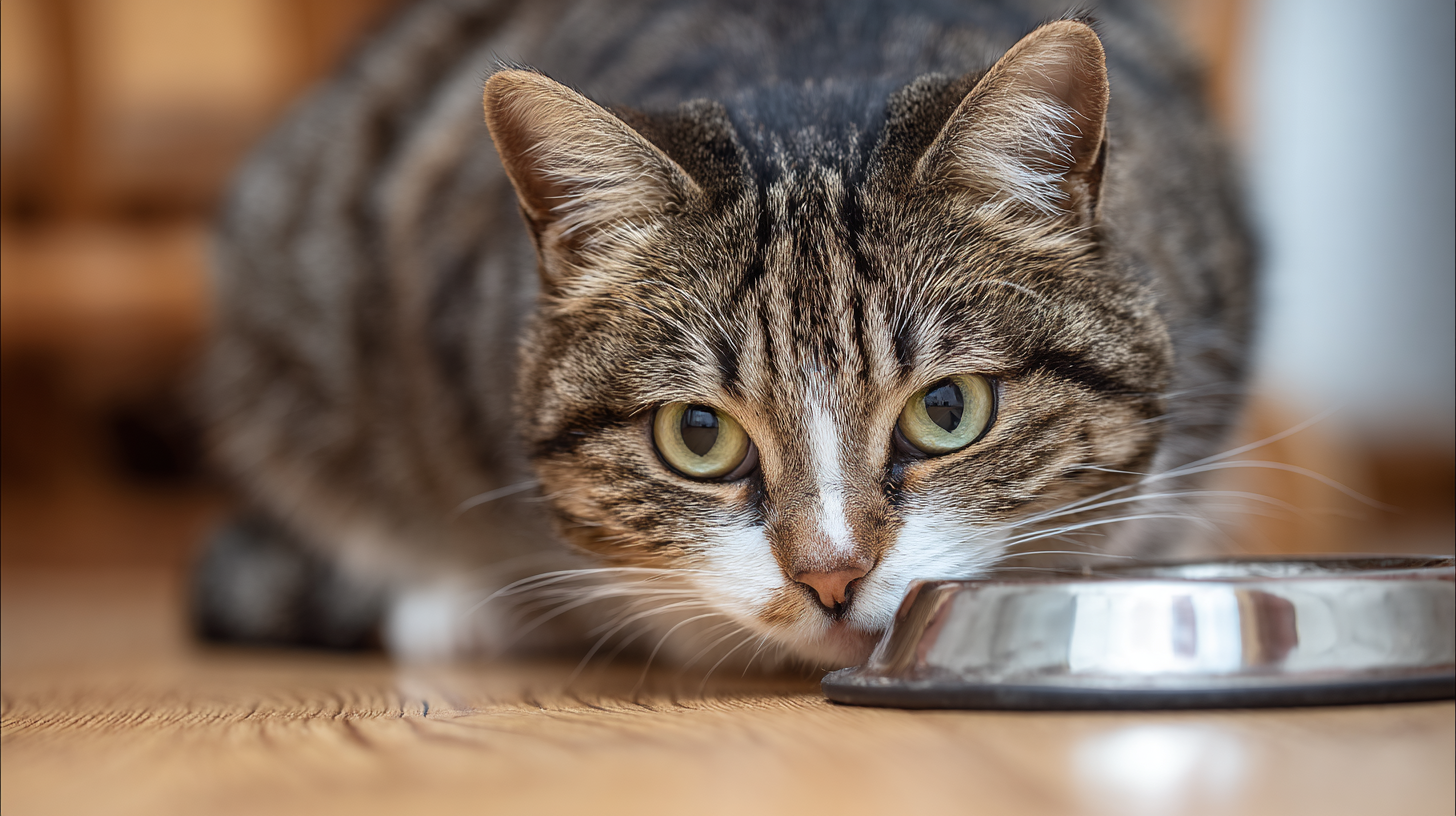
When it comes to selecting the best wet cat food, understanding cat food labels is crucial. The labels contain essential information that can help you determine the nutritional content and quality of the food you are feeding your feline friend. Key terms to look for include "complete and balanced," which indicates that the food meets the nutritional standards set by the Association of American Feed Control Officials (AAFCO). This ensures that your cat receives all the necessary vitamins and minerals in each meal.
Another important aspect of cat food labels is the ingredient list. Ingredients are listed in descending order by weight, so the first few items play a pivotal role in the overall quality of the food. Look for named animal proteins, such as chicken or salmon, as the first ingredient. Avoid options with vague terms like "meat by-products" or fillers such as corn and soy, which can offer little nutritional benefit. Additionally, pay attention to the guaranteed analysis and the presence of moisture content, which is higher in wet food. This not only contributes to hydration but also indicates the food's overall palatability and appeal to your cat.
| Nutrient | Content per 100g | % of Daily Value | Benefits |
|---|---|---|---|
| Protein | 8g | 20% | Supports muscle growth |
| Fat | 5g | 15% | Healthy skin and coat |
| Fiber | 1.5g | 6% | Aids digestion |
| Moisture | 78g | N/A | Hydration support |
| Vitamins | Varies | Varies | Overall health |
When it comes to selecting the best wet cat food for your feline friends, it’s essential to compare popular brands to find the most suitable options. Recent industry reports indicate that approximately 70% of cat owners prefer wet food over dry due to its higher moisture content, which is crucial for their pets' hydration and overall health. Not only does it help keep cats hydrated, but wet food also typically offers a more enticing aroma and texture, appealing to picky eaters.
Several well-known brands dominate the wet cat food market, each with unique formulas catering to different dietary needs. For instance, some brands focus on grain-free recipes or emphasize high protein content, which can be vital for cats' muscle maintenance and energy levels. According to a recent survey, more than 60% of pet owners are willing to pay a premium for high-quality ingredients, reflecting a growing trend towards healthier feeding options for pets. This shift in consumer preference has prompted many brands to innovate and improve their offerings, ensuring they meet the nutritional needs and preferences of both owners and their beloved pets.
This chart compares the average protein, fat, and fiber content in popular wet cat food options, helping you to make an informed decision for your feline friend.
Transitioning your cat to new wet food can be a delicate process, as many felines are creatures of habit. According to a study published in the Journal of Veterinary Internal Medicine, around 70% of cats can be sensitive to sudden diet changes, which may lead to gastrointestinal upset. To minimize the risk of digestive issues, it's essential to introduce the new wet food gradually.
Mix a small portion of the new food with the current diet, gradually increasing the ratio of the new food over a period of 7 to 10 days.
Additionally, monitoring your cat's behavior during this transition is crucial. The American Association of Feline Practitioners suggests that pet owners keep an eye out for signs of discomfort or dislike, such as not eating the new food or showing signs of stress. If your cat appears to be having difficulty adjusting, consider offering the new food at room temperature or adding a sprinkle of their favorite treats to make it more enticing.
Always consult your veterinarian if you have concerns about your cat's health or dietary needs, especially if they have specific sensitivities or health conditions.
